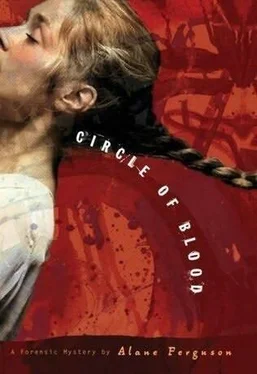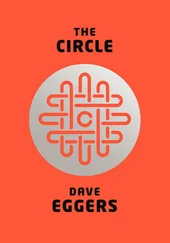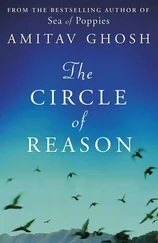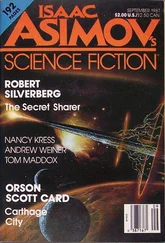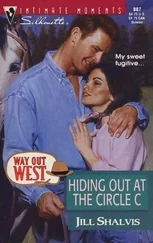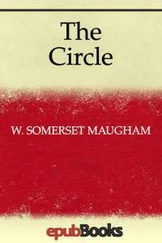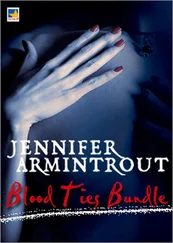“I did.”
“And… what did they say?”
“The results were negative.”
Negative. A stone sank into her chest. If the kit had shown a positive for the residue, the question of Mariah’s death being a suicide would be over. It would be proof that Mariah had held the gun in her own hand when she pulled the trigger. Instead, no residue on a victim’s hand was a red flag that pointed to homicide. “So,” she said, “do you think…?”
“I think it’s inconclusive. We’re dealing with a.22-caliber weapon. As I told you, a.22 is notorious for its lack of residue. So there are no definitive answers there,” said Moore. “That’s why I’m going for clarification with the rod.”
She could hear Ben whistling as he made his way down the hall. “Hey there, Cammie. I’m glad you waited for me. I was doing some incineratin’ and it gets hot.” Today Ben wore yellow scrubs, the color of lemons. Peeling off his gloves, he gave her a bright smile, a smile that was reflected in his almond-shaped eyes. “I hear we got ditched by the rest of the gang. No matter, me and the doc’ll teach you ourselves.”
“I’m all ready to go here,” said Moore. “Let’s get on with it.”
The rods came in a rainbow of colors, like Pixy Stix, so that, Dr. Moore explained, if they had to track more than one bullet’s path they could keep them straight. Since there’d been only a single bullet, he was able to pick whatever color he liked, and he’d chosen red plastic, a long stick as thick as a pencil and blunt at the tip. Cameryn and Ben hovered close as Dr. Moore moved Mariah’s brain so that the bullet hole was directly in front of him. Then, with a careful movement, Dr. Moore gently pushed the rod into the bull’s-eye where the bullet had pierced Mariah’s brain. He worked slowly, carefully. “We couldn’t have done this in the old days,” he said. “Do you see how I never force the rod?” he asked her, his face so close to the brain his nose practically grazed its surface. “The hole is my guide. Although this looks simple, this is a deceivingly delicate procedure.” Finally, he stopped. The rod stuck out a good twelve inches like a single, spiked quill.
“That’s it. Take your photographs,” Dr. Moore instructed.
Obedient, Cameryn and Ben snapped picture after picture, the light bouncing off the glistening surface. When they were finally done, she and Ben straightened and lowered their cameras to their thighs, like characters in a Western ready to holster their guns.
“Well, looks like you were right, Doc,” Ben said, nodding. “Me-I couldn’t look at a bullet hole and tell. But this here’s just the way you thought it would be. That’s why you’re the man.”
Cameryn glanced from face to face. The cold feeling spread inside her once again. “What?” she asked.
“The rod, Miss Mahoney.” With a gloved finger, Dr. Moore touched the rod’s tip. “You see it, don’t you? It points down. The bullet trajectory slants toward Baby Doe’s collarbone.”
“What does that mean?” she asked. But before she heard the answer, she already knew.
“It means that this girl didn’t do this to herself,” Ben said simply.
“Most likely,” Dr. Moore corrected.
“Right. See, Cammie, with a suicide, the bullet almost always goes into the head straight. Sometimes, if the vic hesitates, then they kinda flinch the gun, and the bullet shoots right up to the top of their skulls. So when you’re dealing with a suicide, the trajectory goes straight across to the other ear or maybe up to the top of the head. But a self-inflicted bullet never goes down.”
“Rarely,” said Moore. “I’ll take a few specimens from the wound site, and then we’ll loaf the brain. That means,” he said for Cameryn’s benefit, “that I’ll slice the brain in pieces roughly the thickness of Texas toast. I’ll be able to precisely chart the bullet’s progression.”
Inside, Cameryn was shaking. Her thoughts were ribbons now, curling through the air in all directions, but she had to pull them back. She had to think. “That doesn’t seem ver y… I mean, a trajectory doesn’t seem like proof.” She held a finger to her own head, placing it to her temple as though it were a barrel to a gun. Angling her hand, she made her finger point downward. “I could do it that way.” She was feeling desperate now. Dr. Moore and Ben were looking at her, hard, as if they could see her fear, so she tried to talk more slowly, to take the frenzy out of her voice. “And what about the scissors? Were there any prints on the handle?”
“Nope,” said Ben. “They were clean as a whistle. Which is kinda odd since you’d think Baby Doe’s prints would have shown up.”
“Except, she could have worn her gloves when she cut off her hair,” Cameryn argued. “She had a pair of knit gloves in her coat pocket. Maybe that’s why there weren’t any prints.”
“You make some good points, Miss Mahoney,” Dr. Moore said, his keen eyes trained on hers. “That’s why, when we’re done here, I want to take another look at Baby Doe. Sometimes death reveals her secrets with the aid of decomposition. Are you ready to revisit the dead?”
“Of course,” she said, with more enthusiasm than she felt.
When he had finished with the brain, Dr. Moore and Ben headed for the locker, motioning Cameryn to follow them. Her feet felt heavy as she walked toward the cooler. She knew what lay inside: behind that polished steel door rested Mariah with a white cotton sheet draped over her naked body, and next to her would be another corpse, and another, lined up against the wall in perfect white rectangles.
A blast of cool, fetid air hit her directly in the face as she stepped inside. Ben had already lifted up the corner of the sheet to fold it down to Mariah’s waist. “And there it is, Doc,” he said reverently. “Look at that.”
Cameryn took a step closer. The blood-soaked white string Ben had used to close the "Y” incision looked crude against Mariah’s pale skin, as if Frankenstein himself had tried to hem a garment. But that wasn’t the target of Ben’s gaze. He was looking at Mariah’s face.
“Well, well, well,” Dr. Moore said. “Putrification does her work again. Once decomposition begins, Miss Mahoney, bruising that was previously undetected by the human eye can surface. It looks like Baby Doe was hit on her face, right before she died.”
“I think it looks more like a scrape,” Ben said thoughtfully, touching the red mark that had spread across Mariah’s cheekbone. “Let me check something out.”
With an expert motion he flipped Mariah over so that her back lay exposed, mottled red from where the blood had pooled from post-mortem lividity.
“Whoo-wee, strike three. Do you see that?”
Although she didn’t want to, Cameryn forced herself to look. There was an outline, a print stamped on Mariah’s dappled skin. Like a silk-screen image, she saw the bruise that had appeared after death like a message in a Magic 8-Ball, a finger pointing the way to a verdict she could not accept.
Ben said, “Sometimes an injury to the face comes from someone stompin’ on the back. This changes everything.”
“It does,” said Dr. Moore. “What does that shape suggest to you?”
“A cowboy boot,” Cameryn replied, so softly she wasn’t sure they could hear.
Dr. Moore peered closer. His glasses had slipped but he pushed them up, impatient. “It does indeed, Miss Mahoney. There’s the tip, and there’s the heel. Well, it appears we have our answer. I’ll have to call the sheriff and tell him the manner of death. It looks like we’ve got ourselves a homicide.”
"WHERE’S DAD?” Cameryn asked. The kitchen door slammed behind her, pounding like the headache that hammered inside her skull.
Читать дальше
